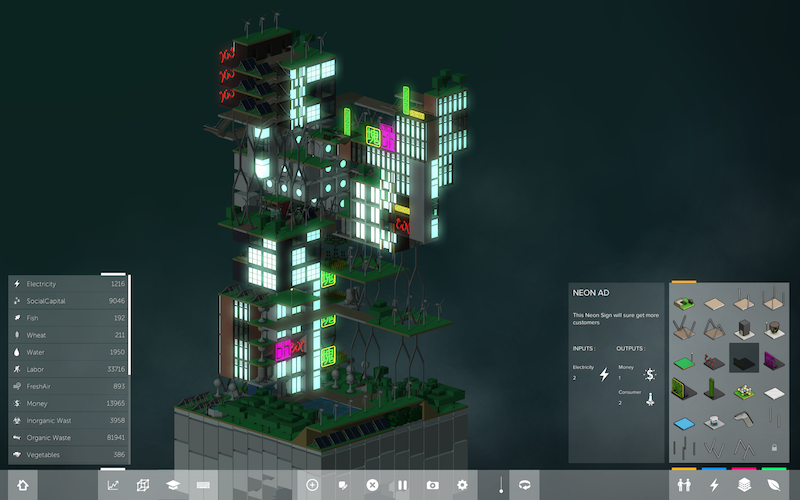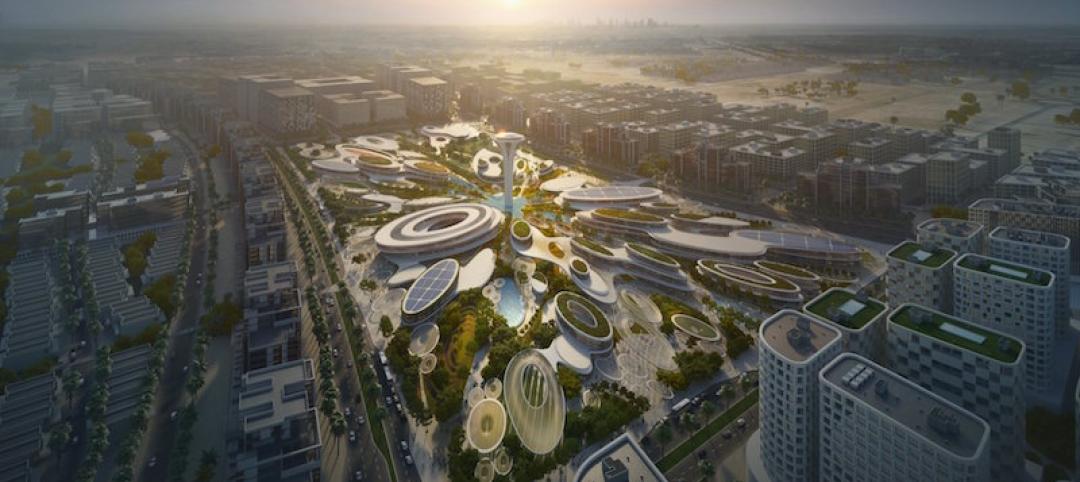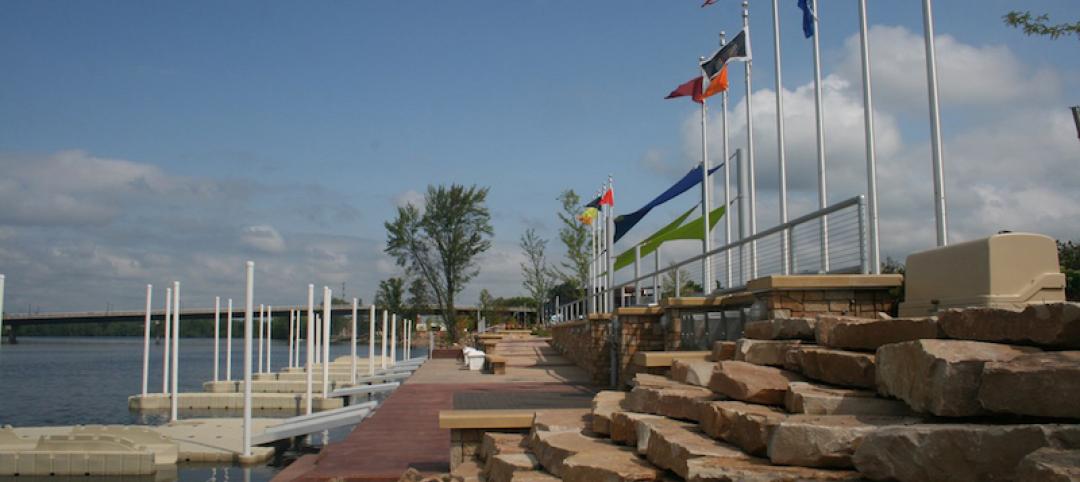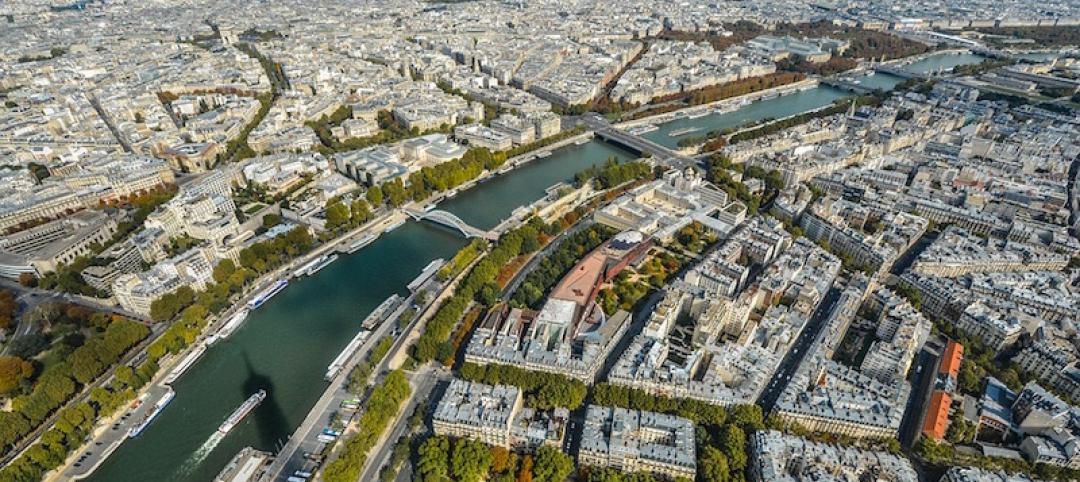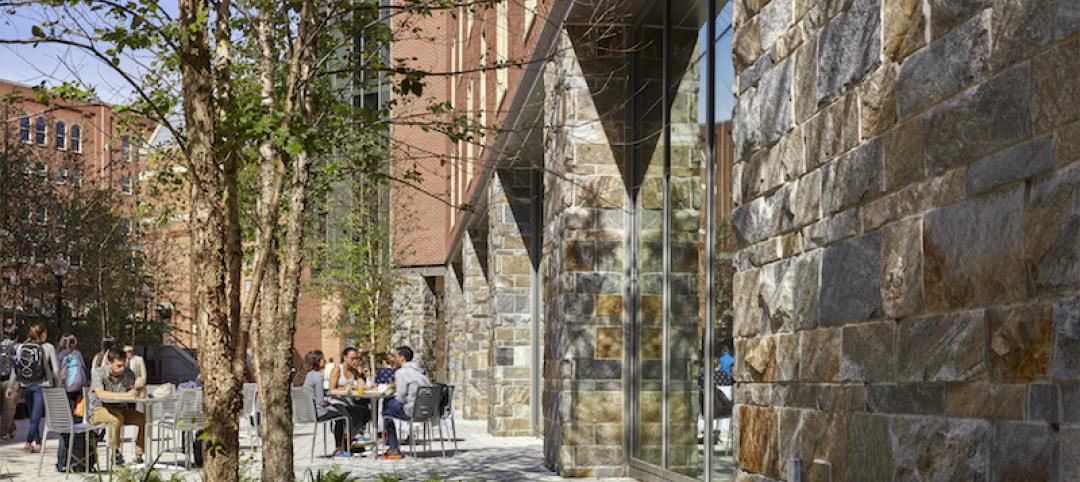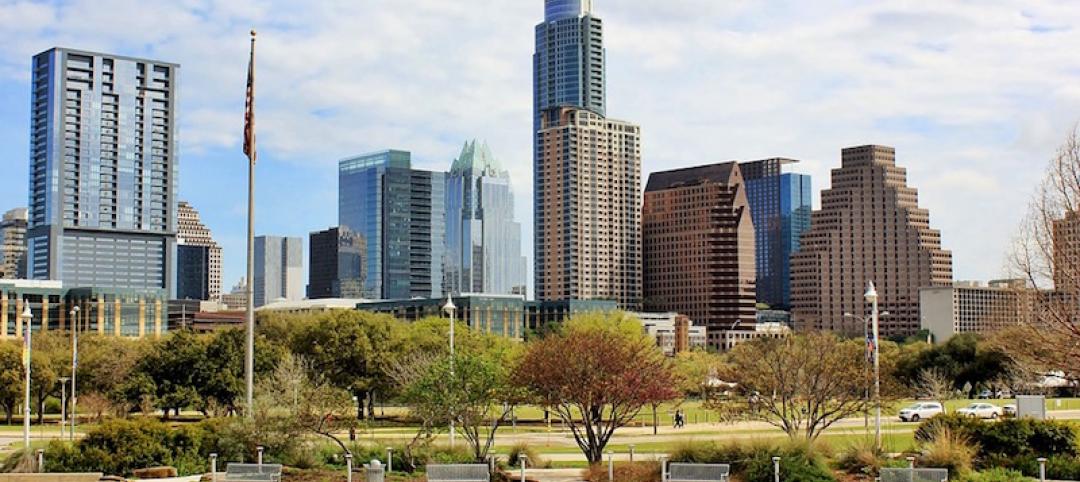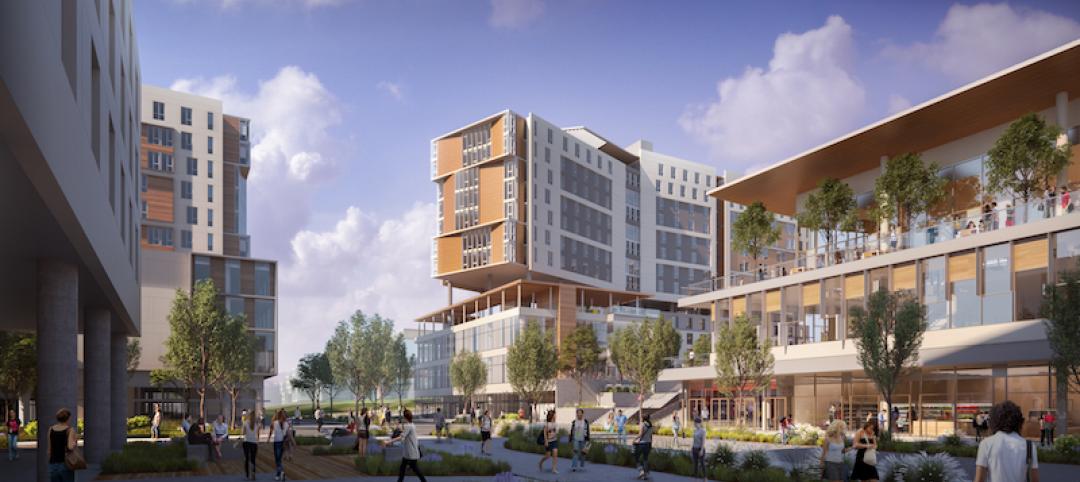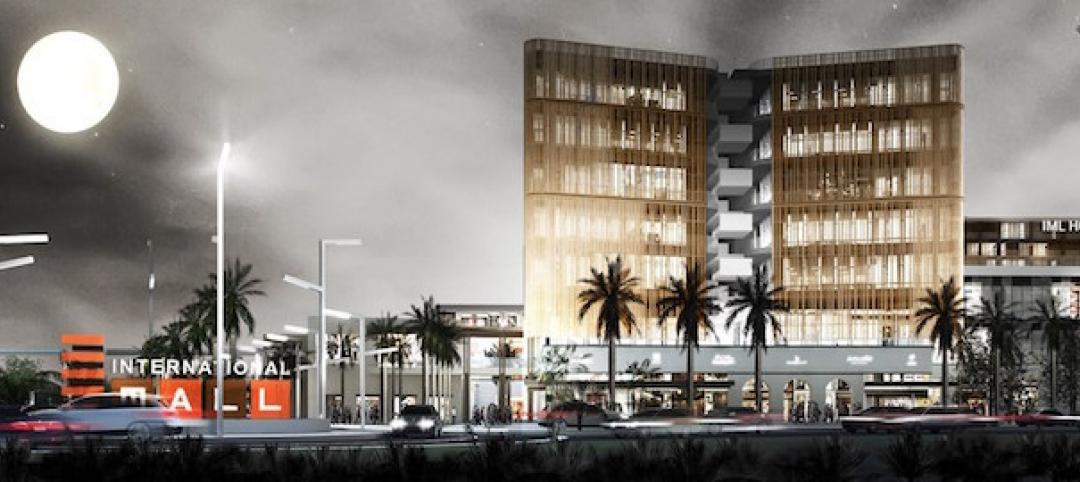Think of those ultra-sped up videos we have all seen, the ones that show a plant poke the first of its leaves through the soil, grow and flower, and then, petal by petal, begin to decay. It is a vexingly entertaining, and, by more dramatic accounts, beautiful thing to watch. It is also the same mentality game developer Jose Sanchez is using in Block’hood, a neighborhood simulator where the city is treated much in the same way as the growing and dying flower; as a living entity.
As motherboard.com reports, where Block’hood differs from games, such as SimCity, that came before it, is in where the complexity comes from. For SimCity, the game becomes more challenging as the city becomes larger and the possibility of an earthquake, flood, or alien invasion becomes even more devastating to the ever-growing system of roads, power plants, and buildings.
Additionally, SimCity is a game of supply and demand resource management. If you want to build that new high-rise, you are going to need to increase your electricity supply. Before people begin living in those houses, they need access to clean water. Controlling supply and demand is simple early on but grows more complicated as the city grows larger.
But Block’hood’s complexity is not born of sheer size or managing supply and demand. Instead, the challenge arises from managing the inputs and outputs of each addition you make to your block.
In the same way plants require different inputs and outputs of nutrients in the soil, sunlight, water, carbon dioxide, and oxygen, so too do cities. For example, if your neighborhood needs fresh air you will want to plant more trees. The game allows you to select from either “Dense Trees,” “Two Trees,” or “Trees,” (which is one single tree). Dense trees will provide a fresh air output of 4, while two trees will give a fresh air output of 1.5, and the single tree will provide a fresh air output of 1. Seems simple enough, go with the dense trees, right?
 Image courtesy of plethora-project.com
Image courtesy of plethora-project.com
But don’t forget, everything also has an input. While dense trees provide a high fresh air output, they also require the highest input of water, at 3. Additionally, their secondary output of leisure is a measly 1. Two trees requires half as much water, 1.5, to produce half as much fresh air, 2, but will also give a bit more leisure at 1.5. While the single tree only provides one fresh air, it only costs 1 water and also provides a 2 in the leisure category.
If your head is spinning, realize that is just one category and you also need to manage resources such as electricity, labor, money (yes, money is not an end game here, but a resource itself), organic waste, consumer, and greywater. If you fall behind on input requirements for whatever you may be building your neighborhood will begin to decay. Again, think of it as providing a plant with too much water and not enough sunlight, or an ample amount of water and light, but planting it in soil that is bereft of nutrients.
Sanchez hopes the game will have a positive impact on the future of designing, revitalizing, improving, and balancing specific inputs and outputs associated with cities.
As Sanchez tells Motherboard’s Richard Moss, ”Modernism was always thinking of how you would have this area for work, this area for leisure, but if you open up the problem of how to recombine different parts of the city I think people would be able to come up with all sorts of interesting ideas.”
Block’hood is a game of blocks, each with its own specific input and output values, and it is up to the player to make the whole that is created (meaning the city block or neighborhood) greater than the sum of its parts.
 Image courtesy of plethora-project.com
Image courtesy of plethora-project.com
Related Stories
Urban Planning | Mar 14, 2018
Zaha Hadid Architects selected to design Aljada’s Central Hub
The hub will be the centerpiece of ARADA’s masterplan in Sharjah, UAE.
Architects | Mar 7, 2018
New National Building Museum exhibit explores the architecture of the Manhattan Project
The exhibit will run through March 3, 2019.
Urban Planning | Feb 26, 2018
A new way to approach community involvement for brownfield projects
A new community engagement program works with young adults to help the future of the neighborhood and get others involved.
Urban Planning | Feb 23, 2018
Paris car ban along the river Seine deemed illegal
Mayor Anne Hidalgo has appealed the decision.
Urban Planning | Feb 21, 2018
Leading communities in the Second Machine Age
What exactly is the Second Machine Age? The name refers to a book by MIT researchers Erik Brynjolfsson and Andrew McAfee.
Urban Planning | Feb 14, 2018
6 urban design trends to watch in 2018
2017 saw the continuation of the evolution of expectations on the part of consumers, developers, office workers, and cities.
Urban Planning | Feb 12, 2018
Stormwater as an asset on urban campuses
While there is no single silver bullet to reverse the effects of climate change, designers can help to plan ahead for handling more water in our cities by working with private and public land-holders who promote more sustainable design and development.
Urban Planning | Jan 24, 2018
Vision Zero comes to Austin: An outside perspective
Aside from the roads being wider and the lack of infrastructure for bikes and pedestrians, there seemed to be some deeper unpredictability in the movement of people, vehicles, bikes, and buses.
Urban Planning | Jan 10, 2018
Keys to the city: Urban planning and our climate future
Corporate interests large and small are already focused on what the impact of climate change means to their business.
Urban Planning | Jan 2, 2018
The ethics of urbanization
While we focus on designing organized and supportive architecture, much of urbanization is created through informal settlements.


